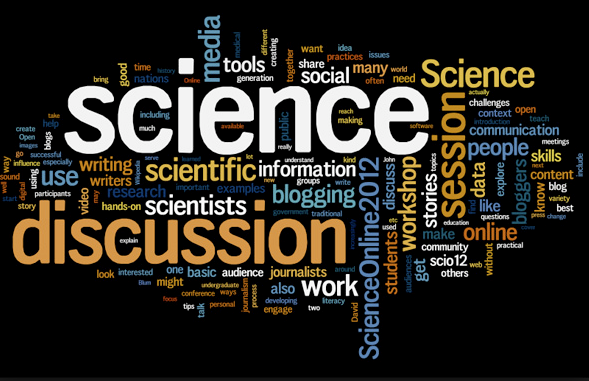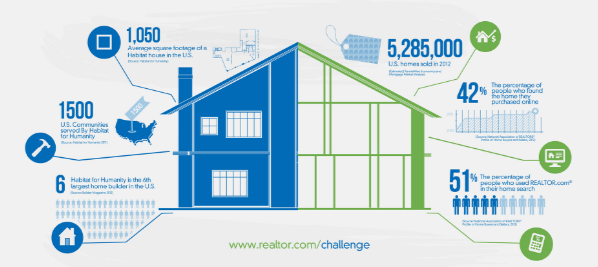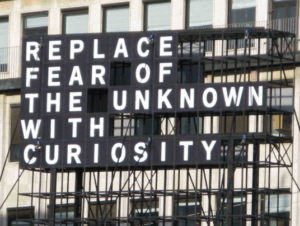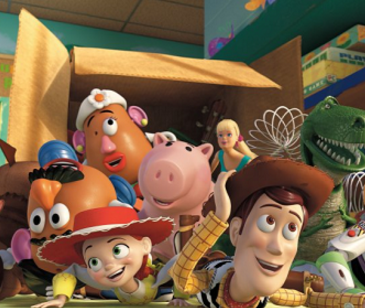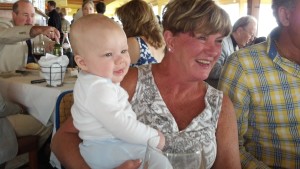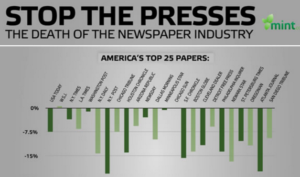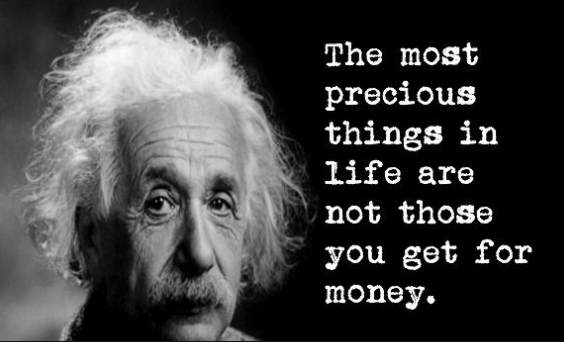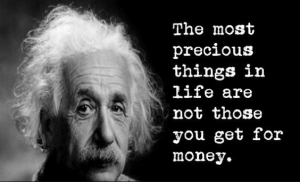A diamond in the rough. That was our description of a day at Brevard Zoo in an earlier post. That article highlighted the Zoo’s great advantages from the customers’ perspective.
Vision is the art of seeing things invisible to others.
Jonathon Swift

In this post, we will use an interview we did with Keith Winsten the Director of the Brevard Zoo. Our objective? To go ‘backstage’ and understand the secret enablers behind the zoo’s success. The secrets are invisible to most customers. The secrets that created the advantages are the ones that customers appreciate the most.
Related post:
Finger Lakes Getaways … the Best Wineries to Visit
We will not use the usual interview format. Instead, we will summarize our discussion with the director by topic. In this way, we can add our impressions and not depend on just the direct answers to questions.
Note to readers … the Brevard Zoo is not and has never been a customer of Digital Spark Marketing.
Let’s get started:
Well-rounded mission
Keith describes the Zoo’s mission as multifaceted. Of course, there is the recreation and leisure role as a component of Brevard’s tourism industry. Probably not the component that draws people to Brevard. But, certainly a good draw to return.
The Zoo’s mission begins with education. The main target audience for this mission is 9-12-year-old children. The Lagoon Quest section of the Zoo is dedicated to this audience. Targeted for a more detailed education experience are the ‘at risk,’ Title One kids, who come and spend multiple weeks of the year at the Zoo attending Zoo School.
During this part of their school year, the teacher and children learn their school curriculum in the Zoo setting. The goal for this group? Being exposed to the environment and wildlife to make a different in these children’s lives about how they view their impact on their world around them. This is probably the Zoo’s most important mission in our opinion.
The second aspect of the Zoo’s mission is participation. Zoo School is a great example of how people can participate in learning about the environment and wildlife. This theme of education and participation is also implemented in many other areas of the Zoo for general Zoo guests. In fact, the Zoo is known for its ability to create unique and interactive amazing guest experiences.
A third important mission, as is with most zoos, is the animal conservation role. In this role, the Zoo’s staff is reaching out as much locally, as regionally and internationally, to provide their expertise and make an impact on local conservation and the environment.
The final mission is community engagement and a source of community pride. This Zoo has been envisioned, built, and managed to a significant degree by the community in Brevard. A colossal success … ranked No. 8 Zoo in the U.S. in 2012, as determined by a Trip Advisor survey and chosen by visitor response. A great source of pride for Keith, his team, the volunteers and, of course, the community at large.
Leadership and vision
Jonathon Swift once said that vision is the art of seeing things invisible to others. This statement certainly applies to Brevard Zoo and Keith Winsten’s leadership and permeates everywhere you turn at the Zoo.
The focus of the vision is to provide authenticity – a real life ability to interact with wildlife. This is a great objective that is visible throughout the Zoo.
Results like those on display just don’t happen. Someone, and usually more than one person, has the vision of what the future zoo should be. Just as important, though, is to have the skill and leadership to make it happen.
While we did not have the opportunity to speak with any of the staff we have spoken to some of the volunteers. In addition to his vision, the director’s ability to produce many leaders within his staff has contributed to the zoo’s success.

Day at Brevard Zoo … 20 seconds of courage
Ever see the movie We Bought a Zoo? It is a true story of how a family bought a failing zoo and, in doing so, rescued it. “You only need 20 seconds of courage” is a famous and significant plot line in the movie.
This mantra certainly applies to this zoo as well. Not because the zoo was failing, or rescued. It applies simply because of the ability of the director and his staff to have the belief in their vision and the courage to persevere and make the right decisions at the right time.
Adaptation and change
Following the Brevard Zoo, as we have for the past six to seven years, we have observed their ability to continue future changes and improvements, and these efforts are impressive indeed. Not only with the execution to keep improving, but also their ability to find sources for the capital improvements (separate from outside county taxes).
The Zoo does not currently have a large stream of big donors which creates the need for Brevard Zoo to be more entrepreneurial than most zoos. They continually embrace change and try new ways, and it shows.

Next year will represent the 20th anniversary of the zoo. The new addition planned? A major meerkat exhibit. Future expansions also include an expanded Wild Florida section which will include a Black Bear exhibit.
Feedback and collaboration from community supporters
To be this successful, you must be good listeners and continually gaining insights from your customers. The success from Trip Advisor points to customers willing to provide feedback without lots of solicitation. The Zoo’s impressive use of community volunteers also points to a great partnership with the local community.
Related post: 14 Walt Disney World Stories and Facts Not to Miss
The Zoo also enjoys lots of support from businesses in Brevard County. Many of them are sponsors for the year-round schedule of activities and special events at the Zoo. Feedback and collaboration … are great enablers of success.
The Brevard Zoo certainly creates a great customer engagement, don’t they?
Being social with a great positive engagement isn’t a new way of marketing; it’s a way of doing business. And Brevard Zoo is leading the way.

Are you a travel site business owner? Need some help in capturing more improvements for your business content marketing? Creative ideas in running or facilitating a team workshop?
Call today for a FREE consultation or a FREE quote. Learn about some options to scope your job.
Call Mike at 607-725-8240.
All you get is what you bring to the fight. And that fight gets better every day you learn and apply new ideas.
When things are not what you want them to be, what’s most important is your next step. Call today.
Test. Learn. Improve. Repeat.
Are you devoting enough energy innovating your social media strategy?
Do you have a lesson about making your advertising better you can share with this community? Have any questions or comments to add in the section below?
Mike Schoultz is the founder of Digital Spark Marketing, a digital marketing and customer service agency. With 40 years of business experience, he blogs on topics that relate to improving the performance of your business. Find them on G+, Twitter, and LinkedIn.
Digital Spark Marketing will stretch your thinking and your ability to adapt to change. We also provide some fun and inspiration along the way. Call us for a free quote today. You will be amazed how reasonable we will be.
More reading on travel recommendations from Digital Sparks Marketing’s Library:
Walt Disney World Stories anf Facts Not to Miss
Visiting Charlottesville Virginia and Thomas Jejjerson
10 Reasons Brevard Space Coast is the Best Florida Vacation
Like this short blog? Follow Digital Spark Marketing on LinkedIn or add us to your circles for 3-4 short, interesting blogs, stories per week.

